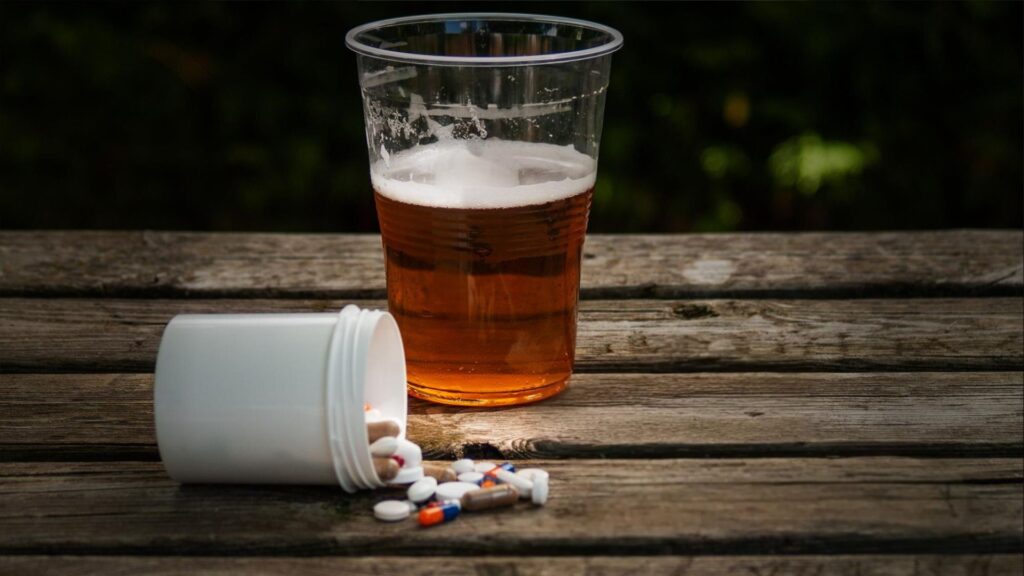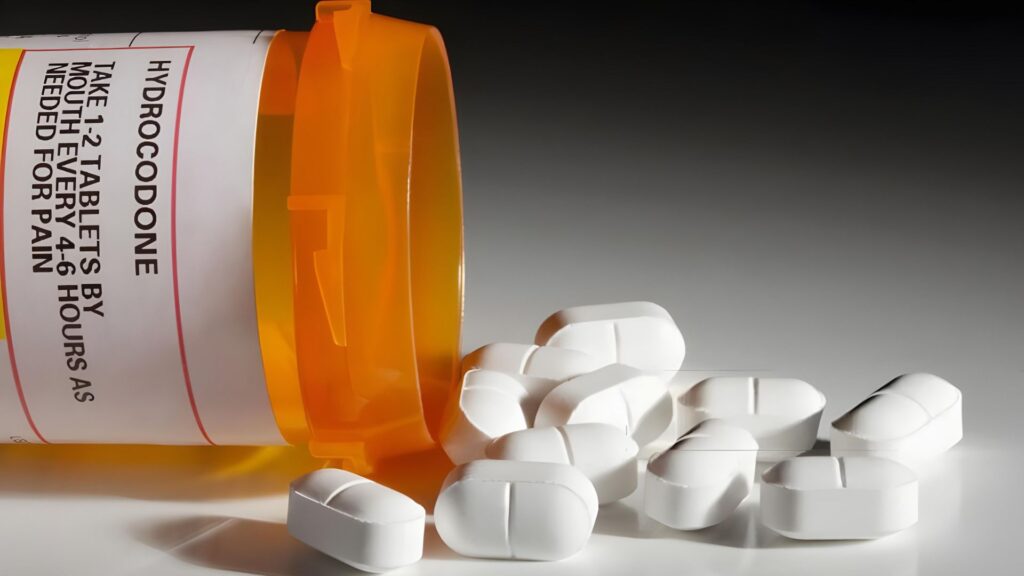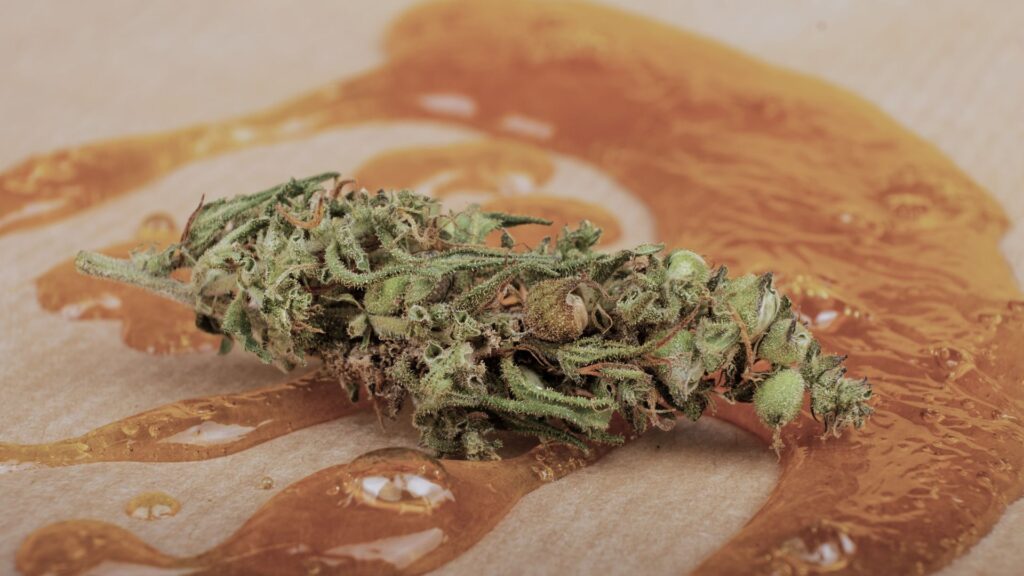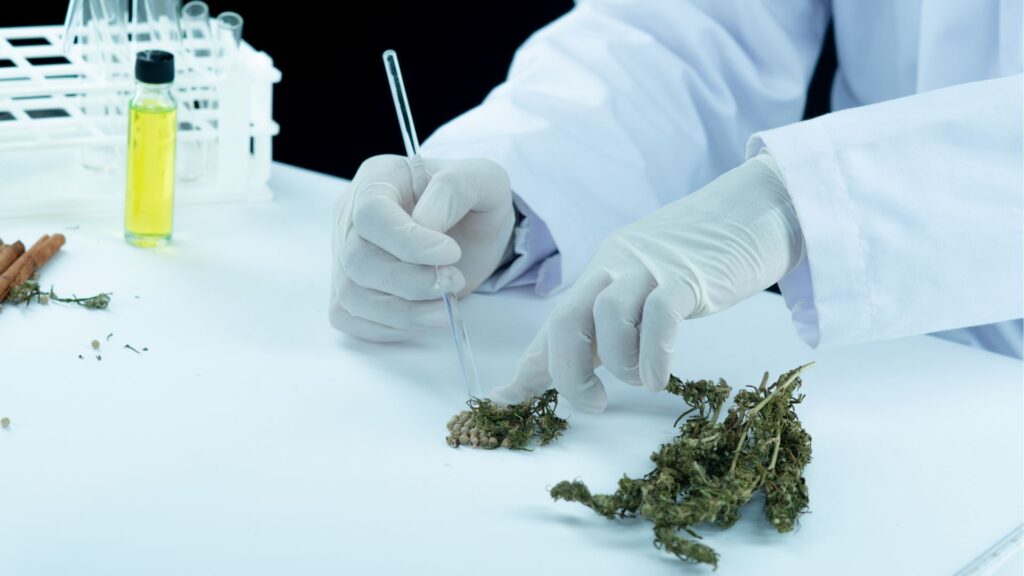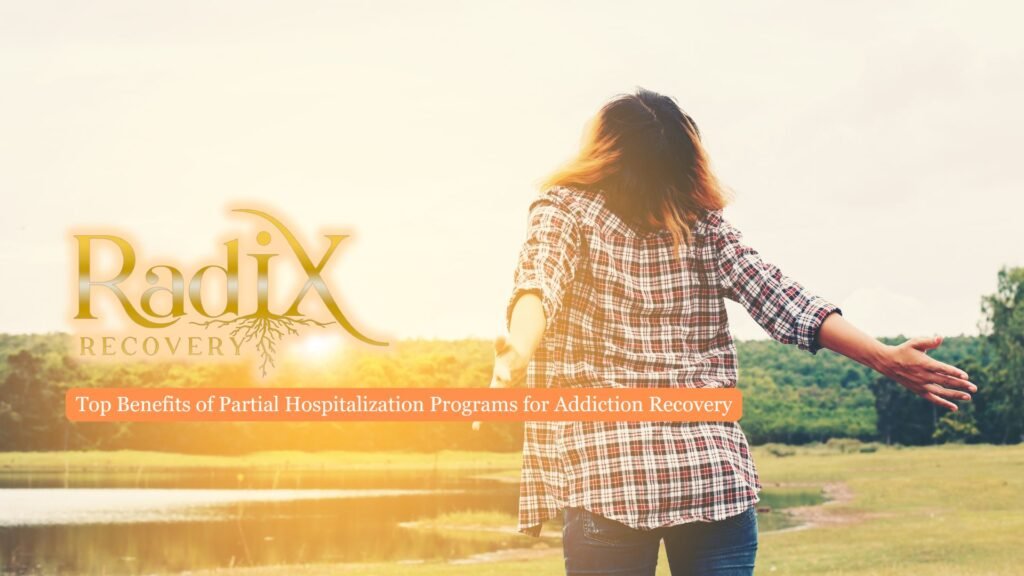Co-occurring mental health disorders are extremely common among individuals struggling with substance use. These co-occurring disorders, also known as dual diagnoses, refer to the presence of both a substance use disorder and one or more additional mental disorders. When these disorders occur alongside substance abuse, they tend to intensify each other’s symptoms, making both diagnosis and recovery more challenging.
In this article, we’ll highlight the most common co-occurring mental health conditions and the treatment options most suitable for overcoming both substance abuse and mental health issues.

Mood Disorders
Mood disorders and substance use disorders frequently co-occur, with approximately 20% of individuals with major depressive disorder also struggling with substance abuse.
The relationship between these disorders is complex, as substance use can exacerbate mood symptoms, leading to a cycle of dependency and worsening mental health. Individuals with mood disorders may experience increased impulsivity and engage in risky behaviors when using substances, further complicating their condition and hindering recovery efforts.
Research indicates that integrated treatment approaches addressing both mood disorders and substance use disorders concurrently are essential for effective recovery and relapse prevention.
These approaches typically involve a combination of psychotherapy, medication management, and support groups tailored to the specific needs of individuals with co-occurring disorders.
Anxiety Disorders
About 18% of people with a current substance use disorder also have at least one independent anxiety disorder, while approximately 15% of those with a current anxiety disorder also experience a substance use disorder.
Specific anxiety disorders, such as generalized anxiety disorder, panic disorder (with or without agoraphobia), and social phobia, are particularly likely to co-occur with substance abuse. This frequent comorbidity is clinically significant because the presence of both disorders can worsen the course and severity of each, leading to greater symptom persistence, higher relapse rates, and increased difficulty in achieving recovery.
The relationship between anxiety and substance use is often bidirectional: some individuals may use substances in an attempt to self-medicate anxiety symptoms, while in other cases, substance use can trigger or exacerbate anxiety disorders.
Psychotic Disorders
Psychotic disorders, including schizophrenia and schizoaffective disorder, are serious forms of mental illness that frequently co-occur with substance abuse, creating significant challenges for both diagnosis and treatment. Research shows that people with a psychotic disorder are at least three times more likely to develop an addiction compared to the general population, with nearly 50 percent of individuals with schizophrenia experiencing a co-occurring substance use disorder.
This strong association is influenced by a combination of genetic, neurological, and environmental factors, and the relationship between psychotic disorders and drug abuse is bidirectional: substance use can trigger or worsen psychotic symptoms, while individuals with pre-existing psychosis may turn to drugs in an attempt to self-medicate distressing symptoms.
Commonly abused substances among those with psychotic disorders include cannabis, alcohol, cocaine, and amphetamines, all of which can exacerbate psychotic episodes or contribute to the early onset of psychosis in vulnerable individuals. The high rates at which these disorders occur together not only complicate clinical care but also result in poorer treatment outcomes and increased risk of relapse.
Personality Disorders
Individuals with personality disorders—such as borderline, antisocial, narcissistic, and avoidant personality disorders—often struggle with intense emotions, impulsivity, and difficulties in maintaining stable relationships, which can make daily life and emotional regulation challenging.
As a result, many turn to alcohol or drug use as a coping mechanism to manage overwhelming feelings or interpersonal distress, leading to a complex interplay between substance use and mental health. For example, people with borderline personality disorder (BPD) may use drugs or alcohol to temporarily escape feelings of emptiness or emotional pain, but this relief is short-lived and often results in a cycle of repeated use and worsening symptoms.
The relationship between personality disorders and addiction is further complicated by shared risk factors, such as genetic predispositions, early trauma, and environmental influences, which increase the likelihood that these disorders occur together.
Eating Disorders
Eating disorders are recognized as serious mental illnesses that frequently co-occur with substance use disorders, including alcohol use, creating a complex and often dangerous combination of symptoms of mental and physical health challenges.
This co-occurrence is particularly notable in bulimia nervosa, but is also seen in anorexia nervosa and binge eating disorder, with each presenting unique risks when combined with substance misuse. The relationship between eating disorders and alcohol use is multifaceted: individuals may use alcohol to manage emotional distress, suppress appetite, or cope with the psychological symptoms of their eating disorder, while substance misuse can, in turn, worsen disordered eating behaviors and overall mental health.
Both disorders often share underlying risk factors such as impulsivity, perfectionism, and a tendency toward self-destructive behaviors, which further increases the likelihood that they will occur together.
Post-Traumatic Stress Disorder (PTSD)
PTSD can develop after exposure to traumatic events such as violence, accidents, or assault, and is characterized by symptoms like flashbacks, nightmares, hypervigilance, and persistent anxiety. Many people with PTSD turn to alcohol use as a form of self-medication, seeking temporary relief from distressing symptoms, which often leads to the development of alcohol addiction and a harmful cycle in which each disorder intensifies the other.

Early Intervention and Treatment Approaches
Early intervention is a cornerstone of effective addiction treatment, especially for individuals with co-occurring disorders, where both substance use and mental health care needs must be addressed simultaneously.
Addressing both conditions early allows for the development of comprehensive, individualized treatment plans that target the unique interplay between symptoms of addiction and mental illness, reducing the risk of misdiagnosis, incomplete recovery, and relapse. Cognitive behavioral therapy (CBT) is a particularly effective evidence-based approach in treating co-occurring disorders, as it helps individuals identify and modify the negative thought patterns and behaviors that drive both substance use and mental health symptoms.
Integrated treatment models—whether coordinated, co-located, or fully integrated—combine addiction treatment and mental health care, offering a holistic approach that can include behavioral therapies, medication management, and access to both abuse and mental health services in one setting. Understanding the differences between dual diagnosis and co-occurring disorders is essential for tailoring these approaches to meet each person’s unique needs.
Final Thoughts from Radix Recovery
At Radix Recovery in Cedar Rapids, Iowa, our dual diagnosis program is designed to address both addiction and co-occurring mental health disorders through compassionate, evidence-based care. We understand that mental health and substance use issues often interact in ways that complicate recovery, which is why our integrated approach treats both conditions simultaneously, fostering healing of the mind, body, and spirit.

